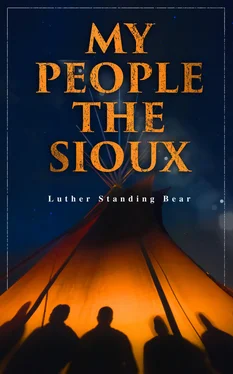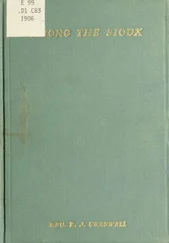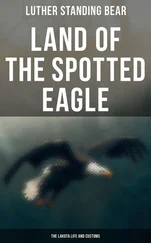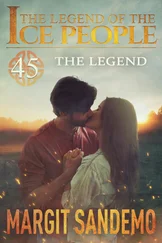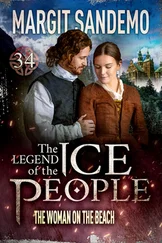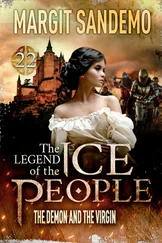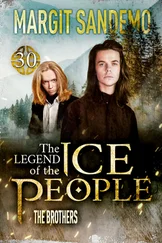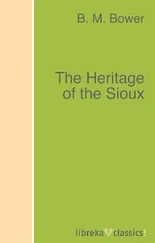William S. Hart
(Ta-Sunke-Witko)
Table of Contents
The Sioux tribe, to which I belong, has always been a very powerful nation. Many years ago they traveled all over the Western country, hunting, camping, and enjoying life to its utmost, in the many beautiful spots where they found the best wood and water.
It was in a cold winter, in the month when the bark of the trees cracked, in the year of ‘breaking up of camp,’ that I was born. I was the first son of Chief Standing Bear the First. In those days we had no calendars, no manner of keeping count of the days; only the month and the year were observed. Something of importance would, naturally, happen every year, and we kept trace of the years in that manner. After I went to school and learned how to ‘count back,’ I learned that that year of ‘breaking camp’ wasA.D. 1868; the month when the bark of the trees cracked was December. Consequently I was born in December, 1868.
My mother was considered the most beautiful young woman among the Sioux at the time she married my father. Her name was ‘Pretty Face.’ My grandfather—my father’s father—was a chief, and accounted a very brave man. He had captured many spotted horses from other tribes in their wars with one another. Therefore, when my father was born, he was given the name of ‘Spotted Horse.’ This he kept until he was old enough to go on the war-path and earn his own name. He once told me how he received the name of ‘Standing Bear.’ His story, as near as I can remember it, was as follows:
‘One of our hunting scouts returned with the news that the Pawnees were on our hunting-grounds and were killing our game; so all the braves prepared themselves for war. We knew we had a hard enemy to face, as the Pawnees were very expert with the bow and arrow. If one of these Pawnees was knocked down, he was just as liable to arise with his bow in hand, or even if lying flat on his back, he would have an arrow in his bow all ready to let drive.
‘We started and traveled quite a long way. When we came up over a hill, we could see the Pawnees down in the valley. They had just finished killing a lot of buffalo, and the game lay scattered here and there. Each man was busy skinning the animal he had killed. Our men rode into them as fast as they were able. I was riding a sorrel horse at this time, and he was a good runner.
‘When the Pawnees saw us coming, they scattered to get their horses and leave. We gave chase after them. I took after some men who went over a hill, but they had too good a start, and I knew there was no use tiring my horse out chasing them, so I turned back. As I was nearing my own people, I observed several of them in a bunch, and I rode in close to see what was the matter.
‘When I got there, the Sioux were all in a circle around one Pawnee. His horse had got away from him in the excitement and he was left on foot. But he had a bow and arrow in his hand and was defying any of the Sioux to come near. He was a big man and very brave. When our men would shoot an arrow at him and it struck, he would break the arrow off and throw it away. If they shot at him and missed, he would pick up the arrows and defy the Sioux to come on.
‘Then I asked the men if any one had yet touched this enemy. They said no; that the man appeared to have such strength and power that they were afraid of him. I then said that I was going to touch this enemy. So I fixed my shield in front of me, carrying only my lance.
‘The Pawnee stood all ready for me with his arrow fixed in his bow, but I rode right up to him and touched him with my lance. The man did not appear excited as I rode up, but he shot an arrow at me, which struck my shield and glanced off into the muscles of my left arm.
‘Behind me rode Black Crow. The third man was Crow Dog, and the fourth man was One Ear Horse. We four men touched this enemy with our lances, but I was the first. After the Pawnee had wounded me, the other men expected to see him get excited, but he did not lose his nerve. As soon as I had passed him with an arrow through my arm, the Pawnee had a second arrow all ready for the next man.
‘The second man was shot in the shoulder, and the third man in the hip. As the last man touched the enemy, he received an arrow in the back. In this manner the Pawnee shot all the four men who had touched him with their lances. We had all gained an honor, but we were all wounded. Now that four of our men had touched the enemy, he was so brave that we withdrew from the field, sparing his life.
‘We were some distance away when I began to feel very sleepy. Old Chief Two Strikes and Broken Arm, my uncle, got hold of me to keep me from falling off my horse. This was a very peculiar sensation to me, and something I had never experienced before. The last I remembered was as if falling asleep, but in reality I had only fainted.
‘While I was sleeping peacefully (as it appeared to me) I heard an eagle away up in the sky. He seemed to be whistling, and coming nearer and nearer, descending in a circle. Just as the eagle came very close to me, I awoke, and there I saw the medicine man running around me in a circle with one of the whistles made from the bone of an eagle’s wing. It was the medicine man who had awakened me from my seeming sleep. Then Chief Two Strikes (who was a very old man) and Broken Arm helped me home.
‘These men all sang my praises as we entered the village. Then a big victory dance was given, and great honor was bestowed upon me. At the next council Chief Two Strikes proposed me as a chief, because I was brave enough to face the enemy, even if that enemy was ready to shoot me. So I was accepted and elected as a chief under the name of “Standing Bear.” ’
That is how my father’s name was changed from ‘Spotted Horse’ (‘Sunkele Ska’) to ‘Standing Bear’ (‘Mato Najin’). In those days every warrior had to earn the name he carried.
Before my birth, my father had led his men many times in battle against opposing tribes. He was always in front; he was never known to run away from an enemy, but to face him. Therefore, when I was born, he gave me the name of ‘Ota Kte,’ or ‘Plenty Kill,’ because he had killed many enemies.
I would like to state that in those days it was considered a disgrace, not an honor, for a Sioux to kill a white man. Killing a pale-face was not looked upon as a brave act. We were taught that the white man was much weaker than ourselves.
Soon after I was born, one of our scouts came into camp one day, and very excitedly stated that a big snake was crawling across the prairie. This caused much excitement. Close observation revealed the fact that a stream of smoke was following the supposed snake. It was the first railroad train of the Union Pacific Railroad. To the Indians this was a great curiosity, and they would climb high in the hills to watch the train run along and listen to the funny noises it made. When they saw that the ‘snake’ ran on an iron track and did not leave it, they began to be a little braver, and came in closer to better examine the strange affair.
One day some of a war-party of our tribe were returning home. They were very thirsty, and stopped at the railroad station to get some water. The white man in charge of the station compelled them to leave without giving them any water. He was perhaps afraid of Indians, or possibly had done something to them and thought they had come to punish him. His actions made the Indians very angry. They thought it was strange that the white people would run a railroad train across their land, and now would not even let them have a drink of water.
So the war-party came home and reported the treatment they had received from the white man. A council was called, and it was decided to do something. My mother heard the men talking, and, after leaving me in the care of my grandmother, she took a short-handled axe and followed the men. When they came to the railroad track, it was decided to tear up some of the rails and the pieces of wood to which they were fastened. My mother cut the ties and the men hauled them away, after which the whole band went back a mile or so and waited to see what would happen when the train came along.
Читать дальше
